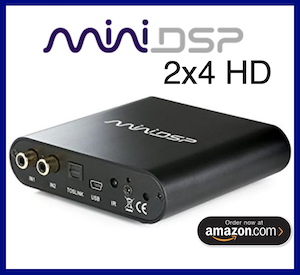JoachimStrobel
New Member
Thread Starter
- Joined
- Jun 20, 2019
- Posts
- 49
More
- Preamp, Processor or Receiver
- Parasound PSP 1500, NanoAvr HDA
- Main Amp
- Parasound HCA 1200
- Additional Amp
- 2x Parasound HCA 1000
- Universal / Blu-ray / CD Player
- Oppo 103D, Parasound CDP1000 & DAC2000
- Front Speakers
- Canton RCL
- Center Channel Speaker
- 2x Canton RCL
- Surround Speakers
- Canton RCL
- Video Display Device
- BenQ Beamer
I need to warm up an old topic - room curves.
I have read a lot about it and understood most of it.
So, what happens in case music is recorded with close-up microphones. Does the recording/mastering engineer add a room curve already, i.e. damps high frequencies (and adds reverberation for the music hall feeling)? And if I do this again with my EQ I get a double dip? Or does he/she master the CD flat forcing me to either have good loudspeakers where the azimuthal frequency spread takes care of the room curve, or I force one via EQ?
I have read a lot about it and understood most of it.
So, what happens in case music is recorded with close-up microphones. Does the recording/mastering engineer add a room curve already, i.e. damps high frequencies (and adds reverberation for the music hall feeling)? And if I do this again with my EQ I get a double dip? Or does he/she master the CD flat forcing me to either have good loudspeakers where the azimuthal frequency spread takes care of the room curve, or I force one via EQ?













